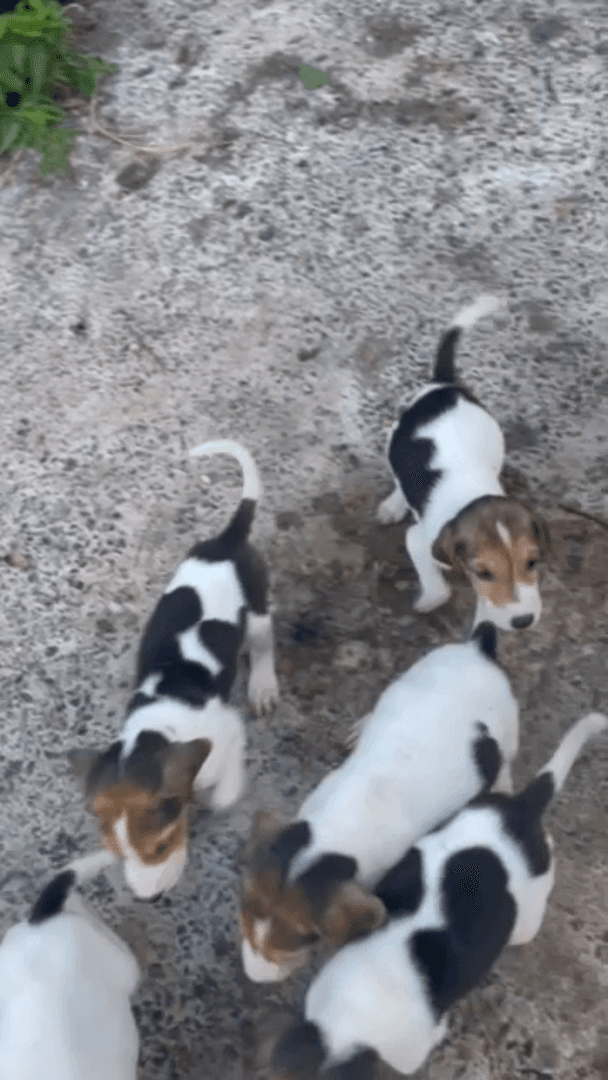
Hunting Terrain in BÉJA: Clubs and Communities, Laws and Legislation, Hunting Practicies in Tunisia Landscape and Environmental Profile in Béja The Béja region, situated in northwestern Tunisia, is characterized by fertile plains, gentle hills, and extensive agricultural zones, making it one of the country’s richest areas in terms of biodiversity. The climate is typically Mediterranean, with relatively high rainfall compared to other parts of Tunisia, which in turn supports dense vegetation and consistent food sources for wildlife. Forested areas around Nefza and mountainous zones near Djebel Serj offer suitable habitats for large and small game alike. These conditions have made Béja an important hunting ground, particularly for wild boar and native game birds that thrive in dense woodland and transitional farmland zones. Hunter Population and Local Engagement in Tunisia Although official figures on the number of hunters in Béja are not publicly disaggregated, the region remains a
Post: 29 July 12:34
















































